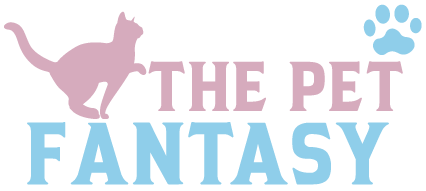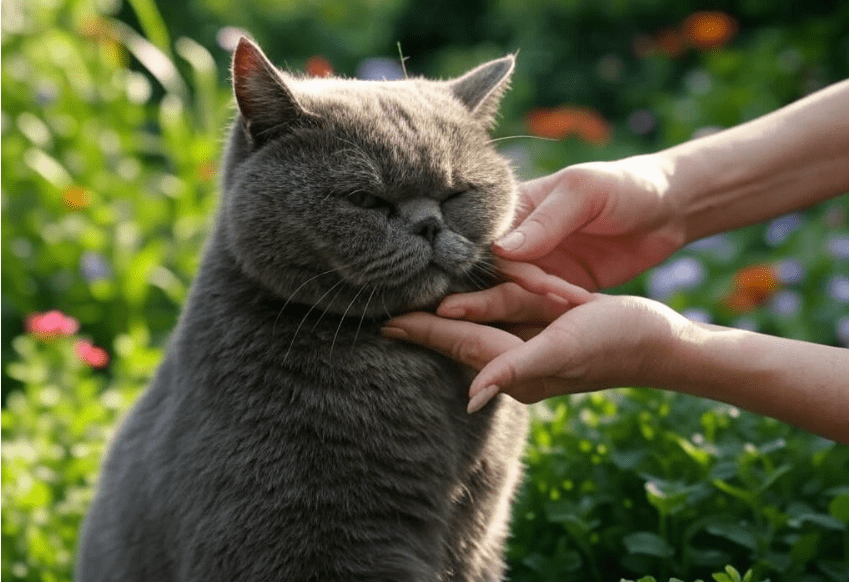
Owning a British Shorthair is a joy, but ensuring they’re fed correctly is key to their health and happiness. If you’re wondering, how much should you feed your British Shorthair, you’re not alone. This question is critical for maintaining their iconic sturdy build without tipping into obesity, a common issue for this breed. This comprehensive guide will walk you through portion sizes, feeding schedules, and nutritional needs tailored to British Shorthairs, ensuring your feline friend thrives.
Why Proper Feeding Matters for British Shorthairs
British Shorthairs are known for their muscular, compact bodies and plush coats, but their stocky build makes them prone to weight gain. Overfeeding can lead to obesity, which increases the risk of diabetes, arthritis, and heart disease. Conversely, underfeeding can result in nutrient deficiencies, affecting their energy levels and coat health. Striking the right balance is essential for their longevity, as British Shorthairs can live 12–20 years with proper care.
Feeding your British Shorthair the correct amount depends on several factors, including age, weight, activity level, and whether they’re spayed or neutered. Let’s dive into these factors to create a tailored feeding plan.
Factors Influencing Your British Shorthair’s Food Portions
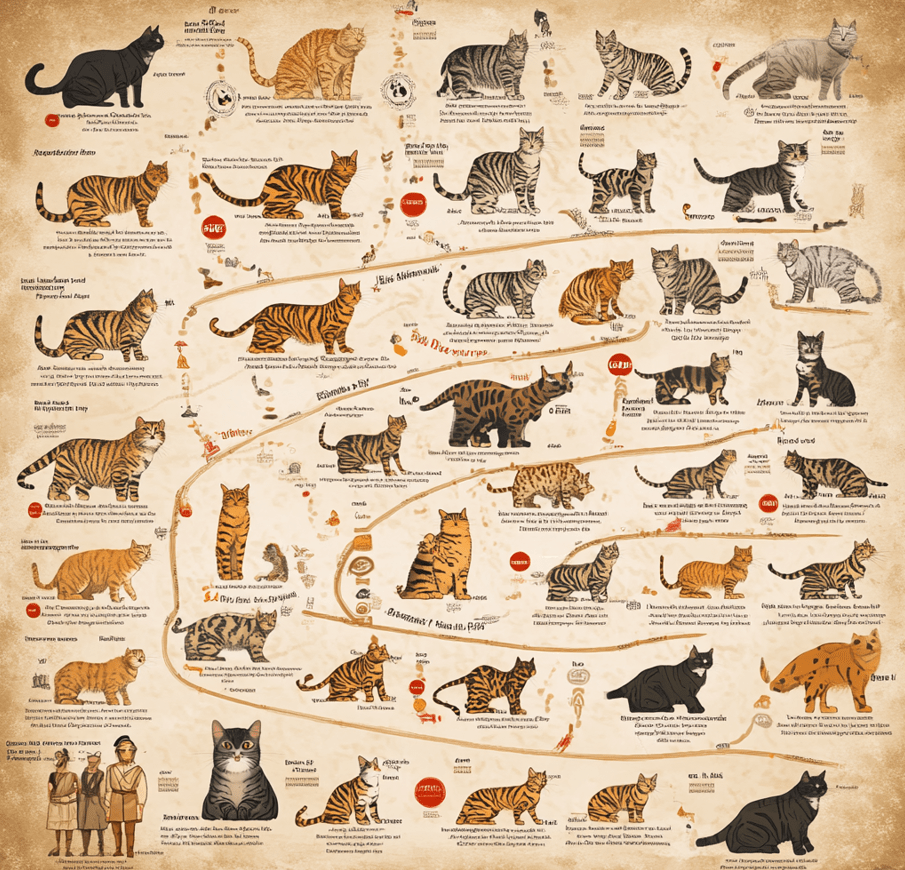
1. Age
Kittens, adults, and senior British Shorthairs have different nutritional needs:
Kittens (0–12 months): Growing rapidly, kittens require calorie-dense food to support development. They need frequent, small meals—typically 4–5 times daily.
Adults (1–7 years): Adult British Shorthairs need balanced nutrition to maintain their weight and muscle mass. Most require 2–3 meals per day.
Seniors (7+ years): Older cats may have slower metabolisms or health issues like kidney disease, requiring specialized diets and smaller, more frequent meals.
2. Weight
A healthy adult British Shorthair typically weighs 9–18 pounds, with males being larger than females. Overweight cats need fewer calories, while underweight cats may need more to reach an ideal body condition score (BCS). Consult your vet to assess your cat’s BCS and adjust portions accordingly.
3. Activity Level
British Shorthairs are relatively low-energy compared to breeds like Abyssinians. Indoor cats, common for this breed, burn fewer calories than outdoor cats. If your cat loves lounging on the couch, they’ll need less food than a more active feline.
4. Spayed/Neutered Status
Spaying or neutering reduces a cat’s metabolism by about 20–25%, meaning fixed cats need fewer calories to avoid weight gain. Adjust portions post-surgery to prevent obesity.
5. Health Conditions
Cats with conditions like diabetes, hyperthyroidism, or food allergies may require specialized diets. Always consult a veterinarian for tailored advice if your British Shorthair has health issues.
How Much Should You Feed Your British Shorthair?
The amount of food your British Shorthair needs depends on the type of food (dry, wet, or raw) and their caloric requirements. On average, an adult British Shorthair needs 20–30 calories per pound of body weight per day. For example:
1.A 10-pound cat needs approximately 200–300 calories daily.
2.A 15-pound cat needs approximately 300–450 calories daily.
However, these are general guidelines. Let’s break it down by food type and life stage.
Feeding Guidelines by Life Stage
Kittens (0–12 months)
Kittens need high-protein, high-calorie food to support growth. A typical feeding schedule might look like this:
2–4 months: 4–5 small meals daily, totaling 50–70 calories per pound of body weight.
4–6 months: 3–4 meals daily, totaling 40–60 calories per pound.
6–12 months: 3 meals daily, transitioning to adult calorie needs (20–30 calories per pound).
Example: A 5-pound kitten at 4 months might need 200–300 calories daily, split across 4 meals. This could be 1/4 cup of kitten-specific dry food per meal or 1.5–2 ounces of wet food per meal.
Adult British Shorthairs (1–7 years)
Adults need a balanced diet to maintain weight. A typical schedule is 2–3 meals per day, with portions based on their weight and activity level.
Average 10-pound adult: 200–250 calories daily.
Dry food: 1/2–3/4 cup daily, split into 2–3 meals.
Wet food: 5–8 ounces daily, split into 2–3 meals.
Raw food: 2–4 ounces daily, split into 2–3 meals.
Active 12-pound adult: 250–300 calories daily.
Dry food: 3/4–1 cup daily.
Wet food: 8–10 ounces daily.
Raw food: 4–5 ounces daily.
Senior British Shorthairs (7+ years)
Seniors may need fewer calories due to slower metabolisms, but their food should be nutrient-dense to support joint health and immunity.
10-pound senior: 180–220 calories daily.
Dry food: 1/2 cup daily, split into 2–3 meals.
Wet food: 5–7 ounces daily, split into 2–3 meals.
Raw food: 2–3 ounces daily, split into 2–3 meals.
Note: Always check food labels for calorie content, as brands vary. For example, one brand’s dry food might have 300 calories per cup, while another has 400.
Wet vs. Dry vs. Raw Food
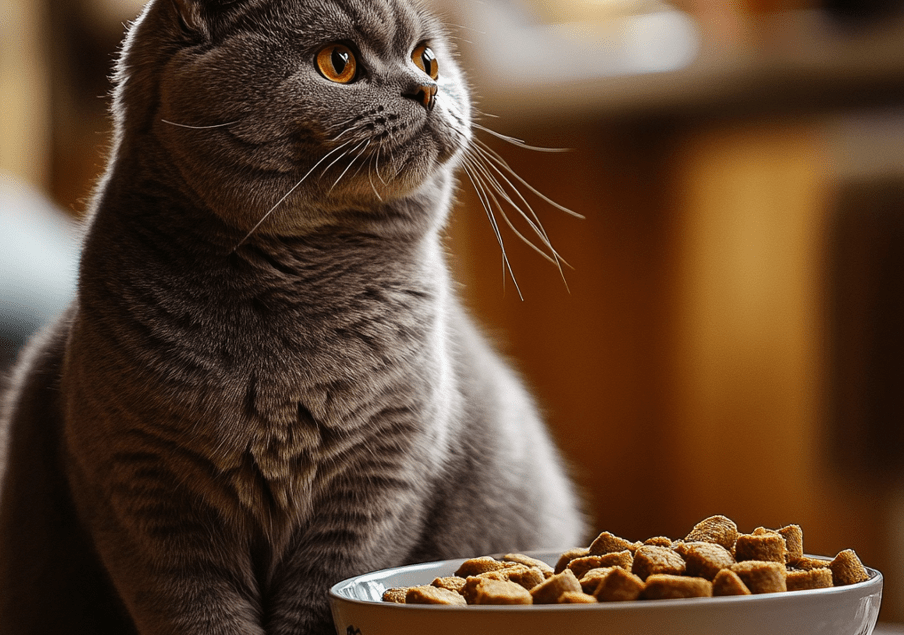
Wet Food
Pros: High moisture content (70–80%), ideal for hydration and urinary health. Often more palatable for picky eaters.
Cons: More expensive, shorter shelf life once opened.
Portion Example: A 10-pound adult might need one 5.5-ounce can of wet food (100–150 calories) twice daily.
Dry Food
Pros: Convenient, longer shelf life, often more affordable.
Cons: Lower moisture content (10%), which may contribute to urinary issues if not paired with ample water.
Portion Example: A 10-pound adult might need 1/2 cup of dry food (150–200 calories) split into two meals.
Raw Food
Pros: Mimics a cat’s natural diet, high in protein and moisture.
Cons: Requires careful handling to avoid bacterial contamination, more expensive.
Portion Example: A 10-pound adult might need 3 ounces of raw food (100–150 calories) twice daily.
Tip: Combining wet and dry food can balance cost, convenience, and hydration. For example, feed wet food in the morning and evening, with a small portion of dry food midday.
How to Measure Portions Accurately
To avoid overfeeding, use a kitchen scale or measuring cup for precision. Eyeballing portions often leads to overfeeding, especially with calorie-dense dry food. Follow these steps:
Check the Food Label: Note the calorie content per cup (dry) or ounce (wet/raw).
Calculate Daily Calories: Multiply your cat’s weight by 20–30 calories to estimate needs.
Divide by Meals: Split the total calories across 2–3 meals for adults or 3–5 for kittens.
Weigh Portions: Use a scale to measure exact amounts, especially for raw or wet food.
Example: For a 10-pound adult needing 200 calories daily, with dry food at 400 calories per cup:
200 ÷ 400 = 0.5 cups daily.
Split into two meals: 0.25 cups per meal.
Feeding Schedules for British Shorthairs
Consistency is key to preventing digestive issues and maintaining a healthy weight. Here’s a sample schedule:
Kittens: Feed at 7 AM, 11 AM, 3 PM, 7 PM, and (if needed) 11 PM.
Adults: Feed at 7 AM, 3 PM, and (if three meals) 10 PM.
Seniors: Feed at 7 AM, 1 PM, and 7 PM, adjusting for smaller, more frequent meals if needed.
Tip: Use puzzle feeders or slow-feed bowls to prevent gulping, which can lead to vomiting or obesity.
Signs You’re Feeding the Right Amount
Monitor your British Shorthair’s health to ensure they’re getting the right portions:
Ideal Weight: You should feel their ribs with slight pressure but not see them. Their waist should be visible from above.
Energy Levels: A well-fed cat is alert, playful (within their low-energy nature), and has a glossy coat.
Litter Box Habits: Regular, firm stools indicate good digestion. Diarrhea or constipation may signal dietary issues.
Appetite: They should eat eagerly but not beg excessively between meals.
If your cat gains or loses weight unexpectedly, consult your vet to adjust portions or check for health issues.
Common Feeding Mistakes to Avoid
Free-Feeding: Leaving dry food out all day encourages overeating, especially for British Shorthairs prone to obesity.
Ignoring Calorie Content: Not all foods are equal. A cup of one brand might have double the calories of another.
Human Food: Avoid giving table scraps, as many human foods (e.g., onions, chocolate) are toxic to cats.
Sudden Diet Changes: Transition to new foods gradually over 7–10 days to prevent digestive upset.
Overlooking Water Intake: British Shorthairs on dry food need ample fresh water to prevent urinary issues.
Special Considerations for British Shorthairs

Obesity Prevention
British Shorthairs’ love for lounging makes them prone to weight gain. To keep them trim:
1.Stick to measured portions.
2.Encourage play with toys like feather wands or laser pointers.
3.Avoid high-carb foods, as cats are obligate carnivores needing protein over grains.
Urinary Health
This breed is susceptible to urinary tract issues like cystitis. Wet or raw diets, which provide more moisture, can reduce the risk. Ensure fresh water is always available, and consider a pet water fountain to encourage drinking.
Food Allergies
Some British Shorthairs develop allergies to ingredients like chicken or grains. Watch for symptoms like itching, ear infections, or vomiting, and consult a vet for hypoallergenic diet options.
Choosing the Best Food for Your British Shorthair
Select high-quality food with:
High Protein: Meat should be the first ingredient (e.g., chicken, turkey, fish).
Low Carbs: Avoid fillers like corn or wheat, which can contribute to weight gain.
Essential Nutrients: Look for taurine, omega-3 fatty acids, and vitamins for heart and coat health.
AAFCO Approval: Ensure the food meets Association of American Feed Control Officials standards.
Brands to Consider: Royal Canin British Shorthair, Hill’s Science Diet, or grain-free options like Orijen or Acana. For wet food, try Wellness Core or Tiki Cat.
When to Consult a Veterinarian
Regular vet checkups (annually for adults, biannually for seniors) are crucial to monitor your cat’s weight and health. Contact your vet if you notice:
1.Sudden weight loss or gain.
2.Changes in appetite or water intake.
3.Vomiting, diarrhea, or lethargy.
4.Difficulty urinating, which could indicate a urinary blockage.
Your vet can recommend portion adjustments, specialized diets, or diagnostic tests to keep your British Shorthair healthy.
Sample Feeding Plan for a 10-Pound Adult British Shorthair
Profile: Neutered, indoor, moderately active, no health issues. Daily Calorie Need: 200–250 calories. Food Type: Mix of wet and dry food.
7 AM (Wet Food): 3 ounces of Wellness Core Chicken Pâté (75–100 calories).
3 PM (Dry Food): 1/4 cup of Royal Canin British Shorthair (100–120 calories).
10 PM (Wet Food): 2 ounces of Wellness Core Chicken Pâté (50–75 calories).
Total: ~225 calories, split into three meals for consistency.
Hydration: Provide a water fountain and refresh water daily.
Exercise: 10–15 minutes of play with a feather toy to burn calories.
Conclusion
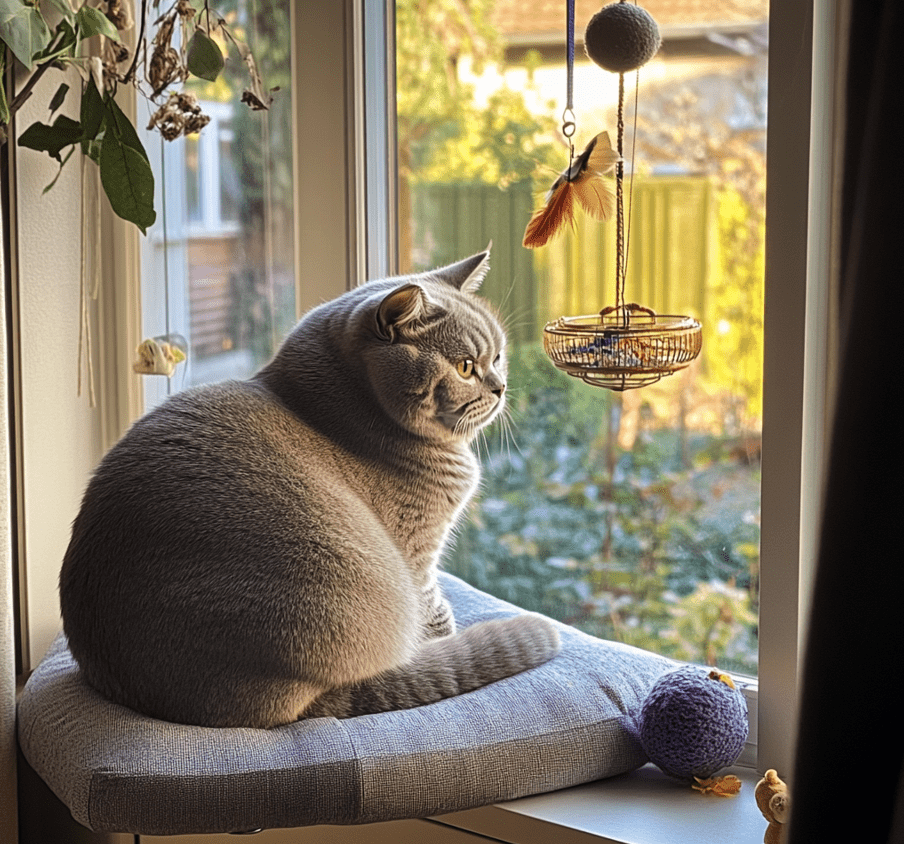
Knowing how much should you feed your British Shorthair is the foundation of their health and well-being. By tailoring portions to their age, weight, and lifestyle, you can prevent obesity, support their unique needs, and ensure a long, happy life. Use precise measurements, choose high-quality food, and monitor their health regularly to keep your British Shorthair in top shape. With this guide, you’re equipped to create a feeding plan that keeps your feline friend purring with contentment.
